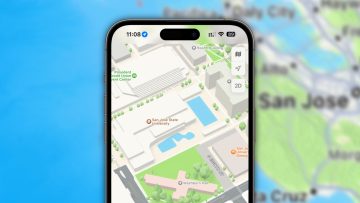Thanks to the recent roll out of version 8 of Tesla’s Autopilot software — which relies more heavily on radar for obstacle detection — and new self-driving hardware that meets Level 5 autonomy specifications, Tesla has managed to make the company’s vaunted Autopilot feature much more compelling.
Tesla’s Autopilot software has always been more than capable of identifying other cars on the road, but thanks to the aforementioned software and hardware enhancements, new Tesla’s rolling off the line will be much better at identifying and avoiding pedestrians who happen to be in the wrong place at the wrong time.
DON’T MISS: Sam’s Club full Black Friday 2016 ad leaked: Here are the best deals
The following video shows a number of Tesla Model S collision avoidance tests involving an actual human and really demonstrates how Tesla remains committed to constantly improving what its Autopilot feature is capable of doing. The video below highlights a number of scenarios wherein a Tesla would have to quickly detect a person in its path and avoid a subsequent impact. As you’ll see below, the Tesla Model S spots the human from a safe distance away and manages to apply the brakes with more than enough time to spare.
Tesla’s Autopilot feature has been the source of some controversy over the last few months thanks to a number of high-profile Model S accidents, including a tragic accident earlier this year when a Model S in Autopilot mode crashed into a tractor-trailer. Consequently, Tesla has made a point of saying that Tesla’s Autopilot feature is not something that should be abused, which is to say that it’s not something drivers can rely on and ignore the road while they tend to other tasks. Still, given what we’ve seen Tesla accomplish with Autopilot in such a short amount of time, perhaps that future isn’t too far off.
Incidentally, when Tesla introduced its new Autopilot hardware, it rolled out a video showcasing a Model X leaving a garage and driving a few miles to another location whereupon it parked itself, all without any driver interaction.








